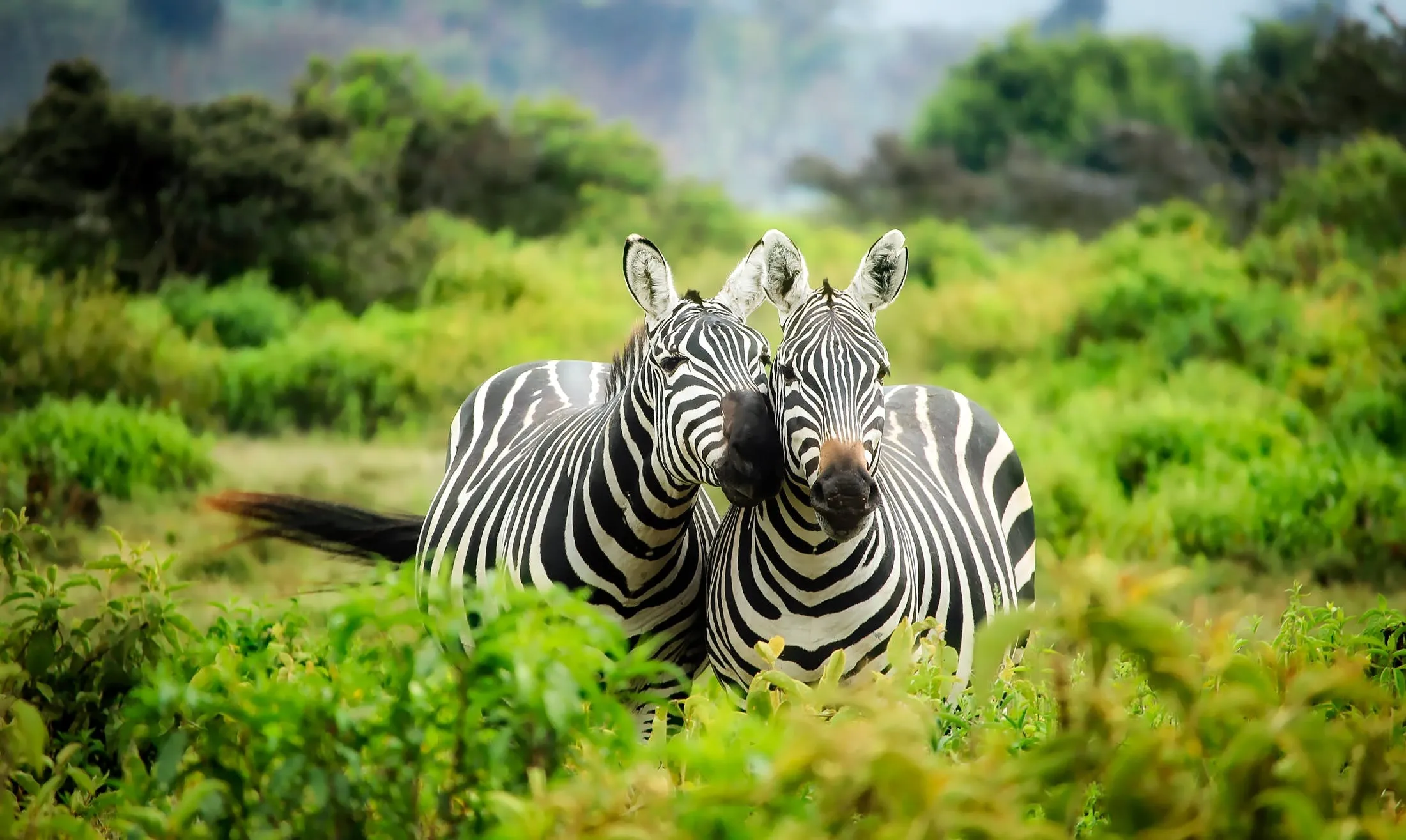The Impact of Urbanization on Wildlife
Have you ever marveled at the sight of a deer grazing in a suburban backyard or a hawk soaring above a bustling cityscape? Our world is undergoing rapid urbanization, with more people than ever before moving to cities. While cities offer opportunities and convenience for humans, they often come at a cost to the wildlife that shares these spaces with us. In this article, we'll explore the fascinating and sometimes challenging relationship between urbanization and wildlife.

The Urban Jungle: A Wildlife Habitat?
A Surprising Encounter
A few summers ago, during my morning jog through a local park in the heart of the city, I had an unexpected encounter with a family of raccoons. It was a surreal moment—a reminder that even in the concrete jungle, nature finds a way to coexist. But how do urban environments affect our wildlife neighbors?
Personal Insight: Urban areas aren't as barren of wildlife as we might think. Animals adapt to our presence in remarkable ways.
Habitat Loss and Fragmentation
The Shrinking Green Spaces
One of the most significant impacts of urbanization on wildlife is habitat loss and fragmentation. As cities expand, they often swallow up forests, wetlands, and grasslands, leaving less room for wildlife to thrive. Many species struggle to find suitable places to live and reproduce.
The "Island Effect"
Imagine an oasis of green surrounded by a sea of concrete. This is what ecologists call an "urban island." These isolated pockets of nature can trap wildlife populations, making it challenging for them to exchange genes with other groups of their species. Over time, this can lead to reduced genetic diversity and increased vulnerability to diseases.
Human-Wildlife Conflicts
The Tale of the City Squirrel
City dwellers are no strangers to the occasional run-in with wildlife. Squirrels, pigeons, and raccoons often share our urban spaces. While it might seem charming, conflicts can arise. I vividly remember a squirrel sneaking into my apartment and helping itself to my snacks—a reminder that wildlife can sometimes disrupt our daily lives.
Personal Insight: Living closely with wildlife in urban areas can be both delightful and challenging.
Adaptation and Resilience
City Creatures
Wildlife, it turns out, can be incredibly adaptable. Some species have embraced the city life. Consider the peregrine falcon, a bird of prey that has taken to nesting on skyscrapers, or the urban foxes that navigate city streets at night. These animals have found ways to thrive in urban environments.
Conservation Efforts
The Battle for Urban Biodiversity
Conservationists and urban planners are working together to mitigate the impact of urbanization on wildlife. Efforts include creating green corridors, building wildlife-friendly infrastructure, and educating the public about coexisting with urban wildlife. Cities around the world are recognizing the importance of preserving biodiversity.
The Future of Wildlife in Cities
As urbanization continues, striking a balance between the needs of humans and the needs of wildlife becomes increasingly important. We have the power to shape our cities to be more wildlife-friendly, ensuring that future generations can enjoy the beauty and diversity of the natural world, even in the heart of the urban jungle.
In the end, the relationship between urbanization and wildlife is complex. It presents challenges, but it also offers opportunities for coexistence and adaptation. Our cities can be spaces where people and wildlife thrive together, reminding us that we are not separate from nature but an integral part of it.

No comments:
Post a Comment